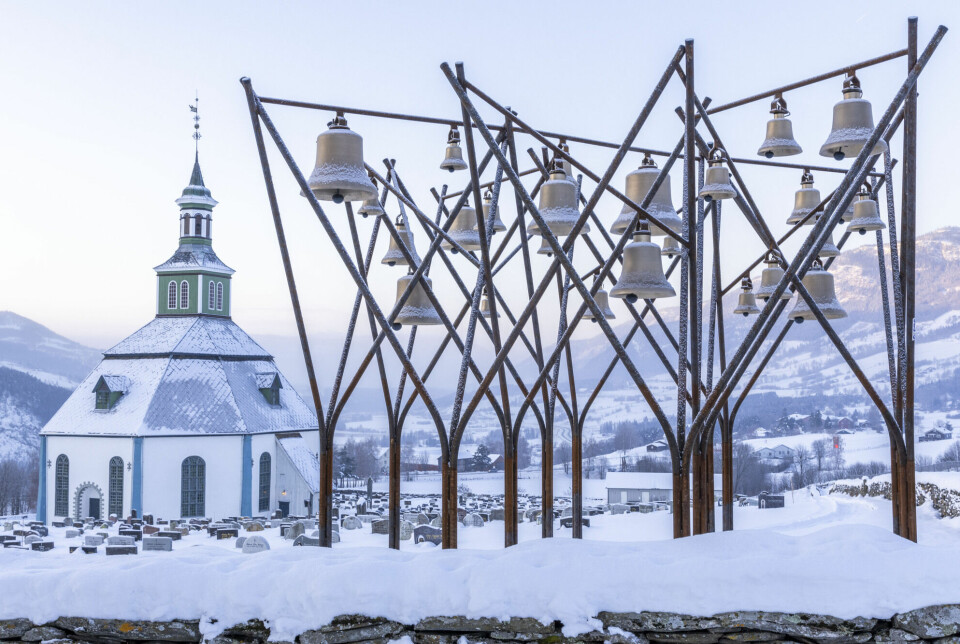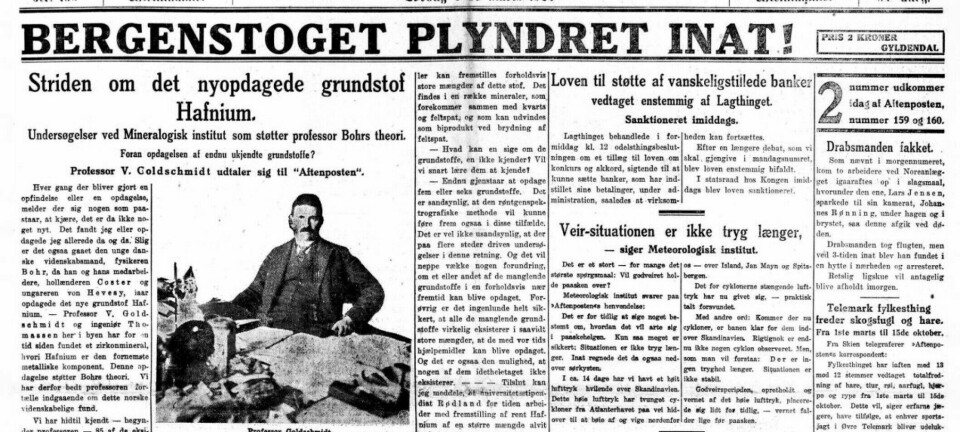
Fewer Norwegians attend church services during Easter
With each passing year, there are fewer and fewer Norwegians attending Easter service in Norway, according to Statistics Norway. The Church Council points out that more people travel away during the Easter holiday.
“In 2023, there were approximately 150,000 participations in Easter services in the Church of Norway. Apart from 2020 and 2021, we have never recorded fewer,” adviser Andreas Østhus at Statistics Norway says.
There were almost 200,000 participants at Easter services held by the Church of Norway in 2015. Up until 2019, the number decreased by about 3,000 a year, before reaching a low point of less than 15,000 during the pandemic.
But even though more are back on the church bench after the pandemic, there is still a decline compared to previous years. Last year, there was again a decrease of about 4,000 in attendance at Easter services in Norway compared to 2022.
Easter is also important
‘While Christmas is widely recognized as a key Christian holiday, drawing people to churches throughout December, we have a responsibility to highlight Easter's significant place within church celebrations,’ director Ingrid Vad Nilsen of the Church Council tells NTB.
Christmas services have traditionally had more participations than Easter services, with over 500,000 attendances in the years from 2015 to 2019.
Nilsen believes it is more difficult to establish fixed traditions during Easter as more people go on vacation or travel to their cabins.
“Many celebrate Christmas at home, but at Easter, many are away. Therefore, it’s harder to create fixed traditions during Easter,” she says.
Uncertainty and faith
Norwegians under the age of 40 are the least likely to attend church. However, Nilsen observes that global instability, including wars and conflicts, has nudged more Norwegians towards church.
“Research indicates that the decline in the number of people who say they believe in God is stopping, and that trust in the church is increasing,” says Nilsen.
“In uncertain times, it becomes more relevant for many to seek the safety that the church represents.”
———
Read the Norwegian version of this article on forskning.no





































